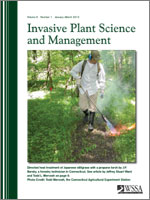Research (10)
Symposium (4)
Erratum (1)
Conversion Table (1)

No abstract available
No abstract available
No abstract available
